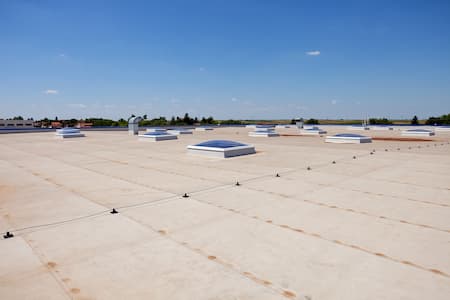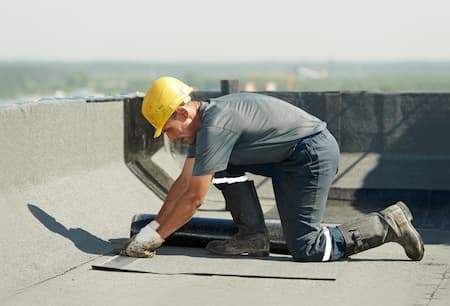Recent Tips and Articles by Anchor Point Roofing

Why Shingle Roofing Is Great for Your Home
When it comes to roofing options, shingle roofing stands out as one of the most popular and reliable choices for homeowners. From its affordability to its aesthetic versatility, shingle roofing offers numerous benefits that make it an excellent option for protecting your home. Here's why shingle […]

The Many Benefits of Professional Roof Repair
Investing in professional roof repair services from a reputable roofing company like Anchor Point Roofing can provide numerous benefits for homeowners and business owners alike. A well-maintained roof not only enhances the structural integrity of your property but also contributes to energy efficiency, curb appeal, and […]

6 Ways Commercial Roofing Improves Your Business
Commercial roofing plays a crucial role in enhancing the functionality, efficiency, and overall appeal of your business property. At Anchor Point Roofing, a reputable Chicago roofing company specializing in commercial roofing solutions, we understand the significant impact that a well-maintained roof can have on your business […]

5 Reasons Why Flat Roofing Is Right for Your Property
Flat roofing offers unique advantages that make it a practical choice for both residential and commercial properties alike. At Anchor Point Roofing, a trusted Chicago roofing company, we specialize in flat roofing solutions designed to enhance durability, efficiency, and aesthetics. The essential way to get quality craftsmanship […]
Let Us Help You Get Back On Your Rooftop. Contact Our Chicago Roofers Today!